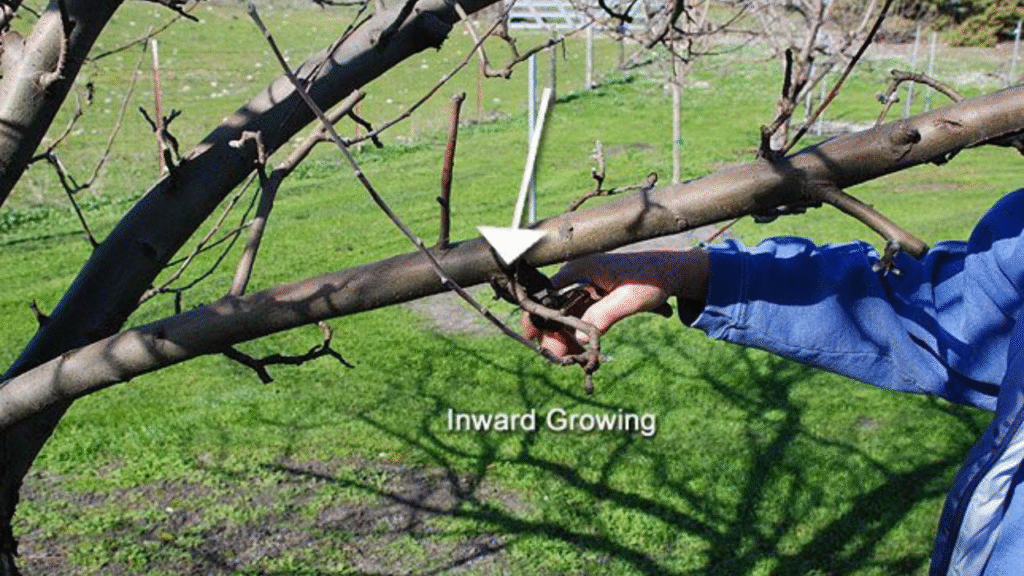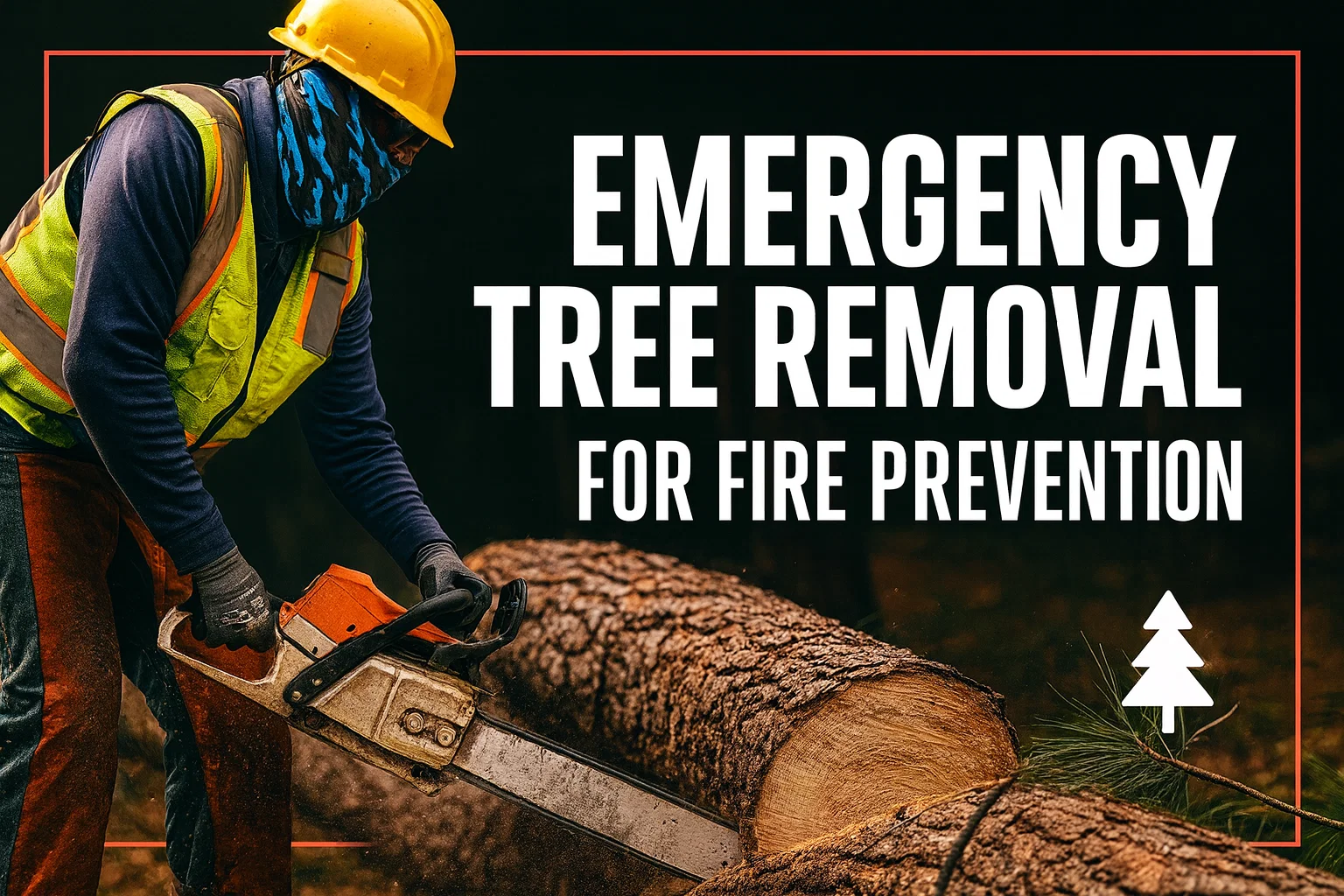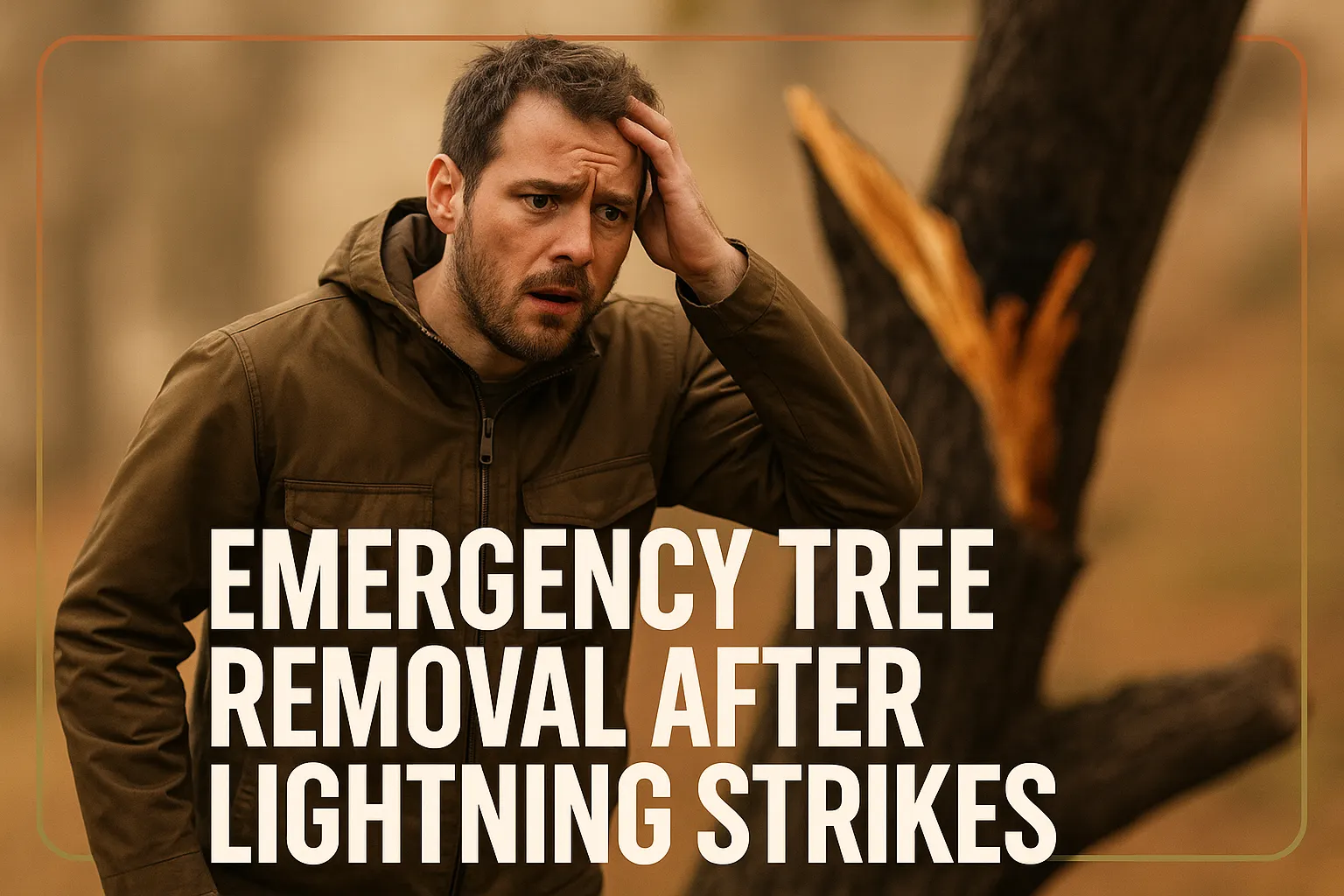Just think of the scene when you enter your backyard and there stands a radiant, healthy, and beautifully shaped tree waiting to welcome you. Besides the fact that this adds a great deal of charm to your landscape, it is also a way of making sure that your trees will be strong and safe for a long time. If you are a new homeowner or have some interest only in the care of trees, grasping the proper methods of tree pruning can be a turning point.
Pruning is not just about removing branches; rather, it is an art that helps the tree to grow, become healthier, and more visually appealing. However, the question is, where do you begin? How can you tell the time for pruning? Which tools are necessary? Relax, this manual will explain to you each step of the efficient tree pruning methods; thus, you will be able to serve your trees safely and securely while making use of your confidence.
What Is Tree Pruning and Why Does It Matter
Tree pruning is essentially the work of lessening a tree’s parts, such as branches, buds, or even roots in some cases, carried out to make the tree healthier, safer, and more visually attractive. The operation is far from just a simple act of cutting random branches, it consists of the careful and thoughtful choices which are aimed at facilitating the development of the tree in a strong and even way, the prevention of diseases, and the getting rid of those branches which are either weak or dangerous and can be a cause of injury to people, or harm to their property, or the tree itself. A healthy tree therefore, becomes a stronger one, and a storm, a disease, or a pest may not affect it severely.
The Difference Between Pruning and Trimming Trees
Many people use the terms interchangeably, but there’s a key difference:
- Pruning is selective; it is about the removal of particular portions to get a positive effect either for the health or the structure of the organism.
- Trimming refers more to shaping; being decorative, it mostly includes cutting for visual appeal or space.
Knowing the difference between these words is vital for choosing the right methods that will work for your trees.
Benefits of Tree Pruning for Health and Aesthetics
Effective tree pruning techniques offer numerous advantages:
- Healthier Trees: The elimination of parts that are infected or already dead is what keeps the tree from being invaded by rot or disease.
- Stronger Structure: Cutting helps to create a safe, properly balanced support system.
- Safety on the Rise: The removal of branches that are weak or may fall reduces the danger of accidents or injuries.
- Improved Look: Trimming a tree is one of the ways that a tree visually represents good care, it looks clean, orderly, and more beautiful.
- More Light & Air: When the canopy is thinned, even the most hidden and inner branches of the tree as well as the plants around, get fresh air and sunlight.
In short, consistent pruning keeps your trees safe, healthy, and attractive, turning your yard into an outdoor sanctuary.
When Is the Best Time for Pruning Trees?
Timing is everything in tree pruning techniques. The optimal season depends on your tree type and purpose:
- Dormant Season (overwinter to Early Spring): In general, most deciduous bushes benefit from this kind of pruning, which may be very effective because tree electricity is preserved and pruning facilitates to boost up the growth of the brand new healthy branches in spring.
- After Tre Flowering: within the case of flowering trees, which include magnolias or cherry blossoms, cut them down right after the vegetation has appeared.
- Summer: Light pruning for form and growth management, especially for young trees.
- Avoid pruning in overdue Fall or throughout an energetic increase: Pruning for the duration of these instances can strain the tree or cause disease.
Knowing the right time to prune ensures your tree pruning techniques support healthy development and aesthetics.
Types of Tree Pruning Techniques
Different tree pruning techniques have different effects and are used for different reasons according to the tree’s state and personal intentions.
Cleaning
Cleaning is the process of removing those parts of the tree that are dead, diseased, or broken. By doing this, the tree’s health is improved because pests and diseases are not spread, and the tree also becomes more beautiful.
Thinning
Thinning is the selective removal of branches to create more air and light space. Besides that, the tree becomes less resistant to strong winds, thus it grows stronger; however, getting this result the tree still looks natural.
Raising
Raising means opening the crown by getting rid of the lowest branches so that the trunk is clear of branches for people, cars, and buildings. This method is very useful around the areas of the road, the alley or places that lead to buildings.
Reduction
Reduction pruning involves the removal of large branches; thus the tree’s size and the shape of its structure can be controlled. Besides helping in keeping safety, it achieves that by lessening the falling limbs and also by dealing with the general growth.

How to Prune Trees Properly
Effectively pruning a tree necessitates having the precise devices available in addition to employing safe methods to keep both yourself and the tree secure.
Tools You’ll Need
At minimum, your package ought to include a sharp pruning saw or a handsaw, pruning shears or secateurs that are used for smaller branches, loppers which are used for thicker branches, a ladder in case the tree is tall and a disinfectant for cleaning your tools after you have finished with them.
Step-by-Step Guide to Safe Pruning
Begin by assessing the tree and figuring out your goals. eliminate dead, diseased, or crossing branches with clean cuts simply outdoors the department collar. avoid leaving stubs or slicing too close to the trunk. Step back regularly to check the tree’s shape, and always ease your equipment afterward to reduce disorder risk.
Tree Pruning Tips for Different Tree Types
Each tree type has its own set of requirements for the best results in health and beauty through proper pruning.
Young Trees vs. Mature Trees
It is advisable to develop a solid frame for a young tree by selecting one or two branches of the same kind and thinning the others. In grown-up trees, keep the figure of the tree by cutting out the deadwood and getting rid of the potential dangers.
Fruit Trees
Maintain your fruit trees with a pruning session in late winter or early spring with the aim of increasing fruit production. Cut off those that are overgrown or those that are crossing and also thin out those that have a dense canopy so that more light can get in.
Evergreen Trees
Evergreens are only supposed to have a few changes in their sections, which are made for shaping as well as the removal of those that are dead or diseased. Do not heavily cut, as this can greatly affect the tree and even lead to it being damaged.
Tree Trimming vs. Tree Pruning: What’s the Difference?
Understanding the difference between tree trimming and tree pruning helps you choose the right approach for your tree’s specific needs.
When to Trim for Shape and Growth
Tree trimming is about the routine shaping and visual touch-ups of a decorative tree to keep it looking nice. The work may also include a little bit of cutting off the dead or overgrown branches and is generally done in the late spring or summer to let the tree grow healthily without stressing the tree.
When to Prune for Health & Safety
Pruning is aimed at the tree’s health and safety by cutting off branches that are risky, infected, or have a poor structure. It adjusts the structure and also gives the tree a better chance of life. Most of the time, the right time for pruning is considered to be late winter or early spring, a period when the tree is in dormancy and is less likely to be hurt.
Conclusion:
Good cutting back of branches in trees is a must for the health of the trees, healthy, attractive, and hygienic. It’s always a good thing to have the basic knowledge, even if you decide to prune the trees by yourself or call a professional. Call Alexa’s Tree Services when you want a tree trimming job to be done professionally, safely, and effectively. We make your trees beautiful and your yard attractive. Are you willing to give your trees the proper care they need? Come and see Alexa Tree Services and set up your appointment!
FAQ’s
Usually, bushes get advantages from pruning, which is completed every 1 to 3 years. But the regularity of pruning relies upon the type, age, and condition of the tree.
Typically, the maximum suitable time is from past due winter weather to early spring whilst bushes are in their dormant period. Additionally, some flowering trees have to be pruned straightaway after their blooming.
You can prune small or young bushes with proper tools and safety precautions. For massive or unsafe trees, it’s first-class to hire a professional.
Make cuts simply outdoor the branch collar (the swollen area in which the department meets the trunk) to promote proper recovery and save you from harm.
While performed efficaciously, pruning benefits your tree’s health and shape. Over-pruning or flawed cuts can damage the tree, so it’s crucial to follow proper practices.





